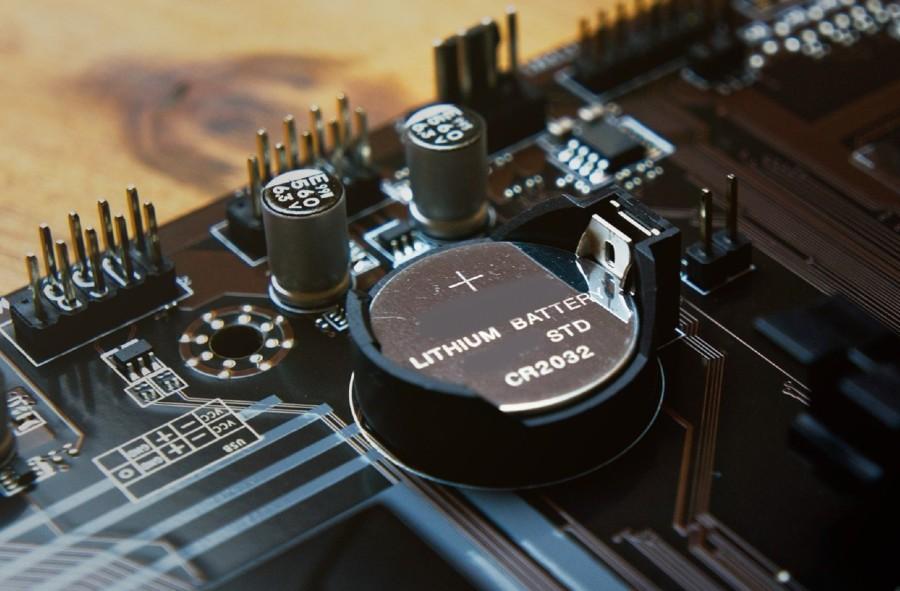
Researchers have identified a potential new degradation mechanism for electric vehicle batteries – a key step to designing effective methods to improve battery lifespan.
The researchers, from the Universities of Cambridge and Liverpool, and the Diamond Light Source, have identified one of the reasons why state-of-the-art ‘nickel-rich’ battery materials become fatigued, and can no longer be fully charged after prolonged use. Their results open the door to the development of new strategies to improve battery lifespans. As part of efforts to combat climate change, many countries have announced ambitious plans to replace petrol or diesel vehicles with electric vehicles (EVs) by 2050 or earlier.
The lithium-ion batteries used by EVs are likely to dominate the EV market for the foreseeable future, and nickel-rich lithium transition-metal oxides are the state-of-the-art choice for the positive electrode, or cathode, in these batteries. Currently, most EV batteries contain significant amounts of cobalt in their cathode materials. However, cobalt can cause severe environmental damage, so researchers have been looking to replace it with nickel, which also offers higher practical capacities than cobalt. However, nickel-rich materials degrade much faster than existing technology and require additional study to be commercially viable for applications such as EVs.
The changes of the battery materials were monitored in real time over several months of battery testing. During the study, the researchers found that a proportion of the cathode material becomes fatigued after repetitive charging and discharging of the cell, and the amount of the fatigued material increases as the cycling continues.
Dr Chao Xu (Department of Chemistry, University of Chemistry) and the first author of the article. and his colleagues dived deep into the structure of the material at the atomic scale to seek answers as to why such fatigue process occurs.
In order to fully function, battery materials need to expand and shrink as the lithium ions move in and out. However, after prolonged use, we found that the atoms at the surface of the material had rearranged to form new structures that are no longer able to store energy."
Dr Chao Xu, (Department of Chemistry, University of Cambridge)
Click here for the full University of Cambridge article.
Click here for the Nature Materials publication - "Bulk fatigue induced by surface reconstruction in layered Ni-rich cathodes for Li-ion batteries"
Image credit: Cebbi.

